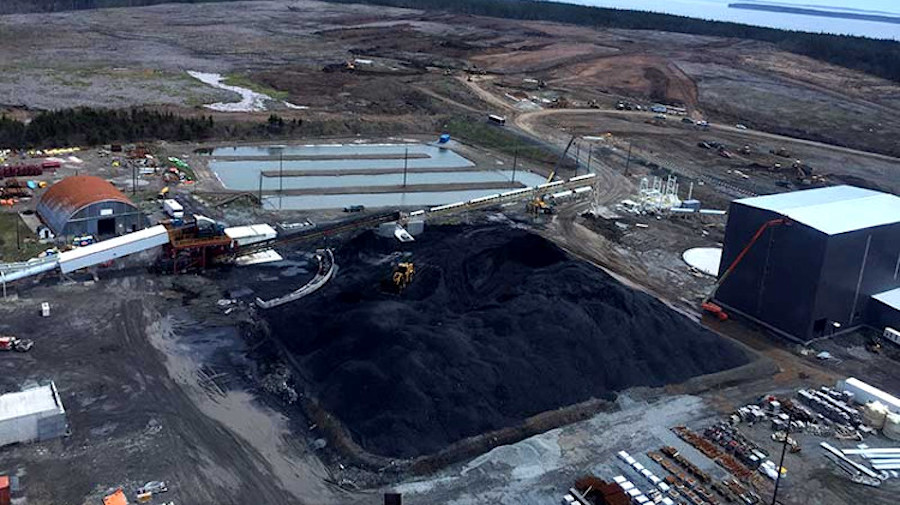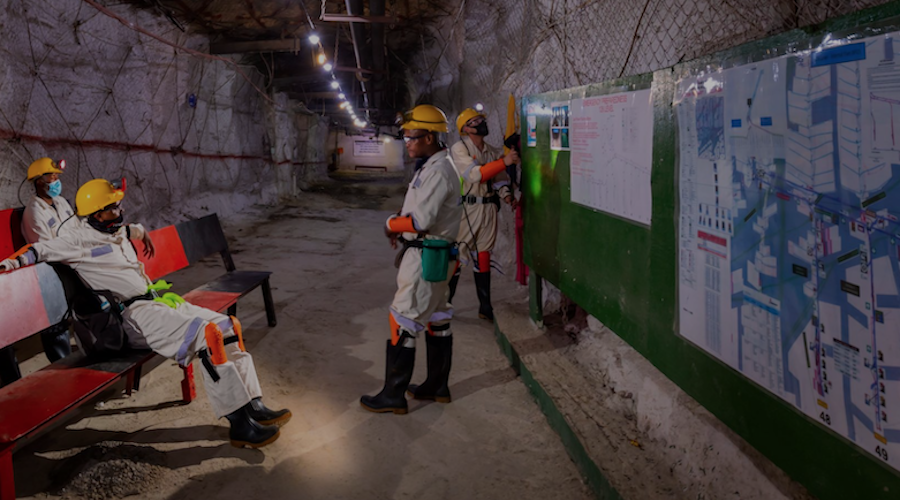BP: Oil post-Paris
BP Chief Financial Officer Brian Gilvary sees oil and gas playing key roles — even as most nations strive to cut greenhouse gases that cause global warming. “A lot of people think that what was agreed to in Paris was all about a race to renewables,” Gilvary said. “Actually it was a race to reduce emissions.” Therefore lots of different types of energy will fit into the mix, Gilvary said. Oil demand will remain strong to around 2040 and plateau rather than peak, Gilvary said. “We will continue to pursue world projects. But we will do that in a way to make sure we start to reduce emissions in our own business.”
BNEF: Playing coal-plant chicken
Zindler, BNEF’s head of Americas, said about half of all U.S. coal plants lose money on any given day as cheap gas, along with wind and solar farms, push electricity prices lower. Meanwhile, demand for power is flat. The result, Zindler said, is coal plants wrestle to outlast one another, fighting for a bigger piece of the pie. “Every day across multiple regional transmission operating systems, we see power plants staring across at each other and saying ‘Who is going to go first?’ ” Zindler said. “It’s only a matter of time as these plants try to outlast each other.”
Murray: Coal is here to stay
While Murray Energy Corp. Chief Executive Officer Bob Murray expects U.S. thermal coal production to keep falling in coming years, he’s optimistic it will stabilize around 650 million tons a year (down from more than 1 billion tons a decade ago). But that depends on America’s utilities supporting coal, Murray said. “You must have a reliable, resilient power grid, and there’s only two types of base-load generation — nuclear and coal,” he said. Even without support from utilities, Murray has another plan. He wants to buy and operate coal-fired power plants. “If you can dig coal out of the ground, you sure as heck can run a power plant,” he said in an interview. “We can run power plants better than the utilities can.”
Tellurian: Natural gas in China
The boom in gas over the last decade has transformed the power sector, and Tellurian Chief Executive Officer Meg Gentle sees demand rising even higher. To understand why, look no further than China. Gentle estimates the country will add 12 gigawatts of gas-fired power plants this year. In Beijing, more than 5 million homes switched from burning coal to gas last year. And every month, Chinese automakers churn out about 8,000 vehicles fueled by natural gas instead of gasoline. “Across all of the sectors in China, the demand for gas is very robust as the country starts to be committed to blue skies and clean air,” Gentle said.
DOE: Nukes will rise again
Nuclear power may be on the ropes, as reactors struggle to compete with gas plants. But the technology will rise again with smaller, cheaper and more agile reactors, said Edward McGinnis, principal deputy assistant secretary for the U.S. Energy Department’s Office of Nuclear Energy. The U.S. nuclear fleet “has had a remarkable ride but as with all rides, a ride will come to an end,” McGinnis said in a presentation. The U.S. is at the forefront of designing and developing a new type of small, modular reactors. In about 8 to 10 years “we will be witnessing a very disruptive, exciting time in the nuclear sector,” he said.
(Written by Joe Ryan)





